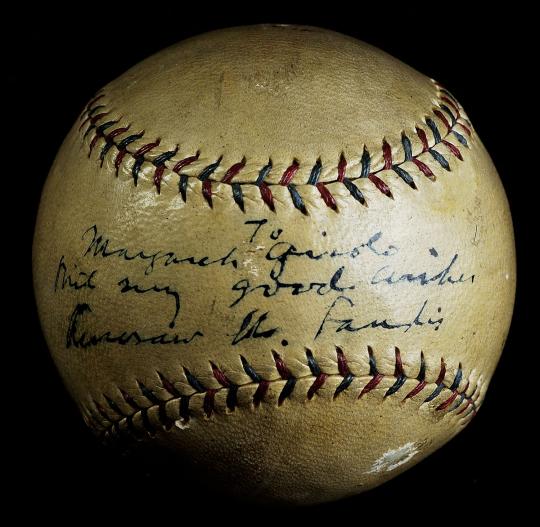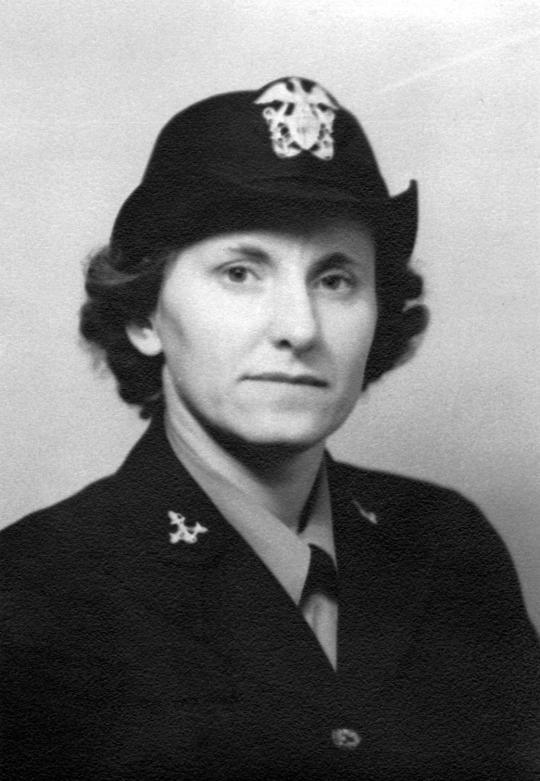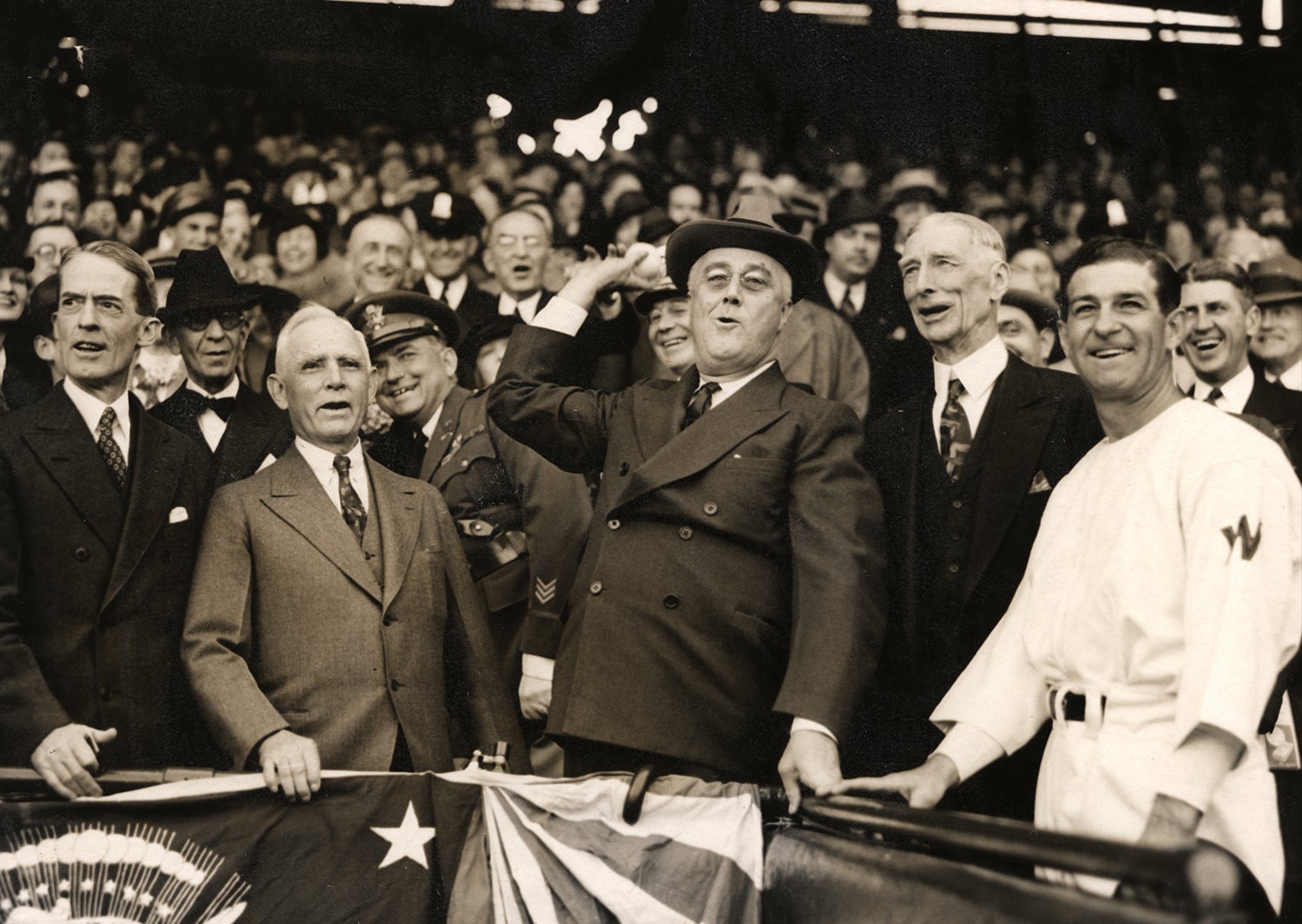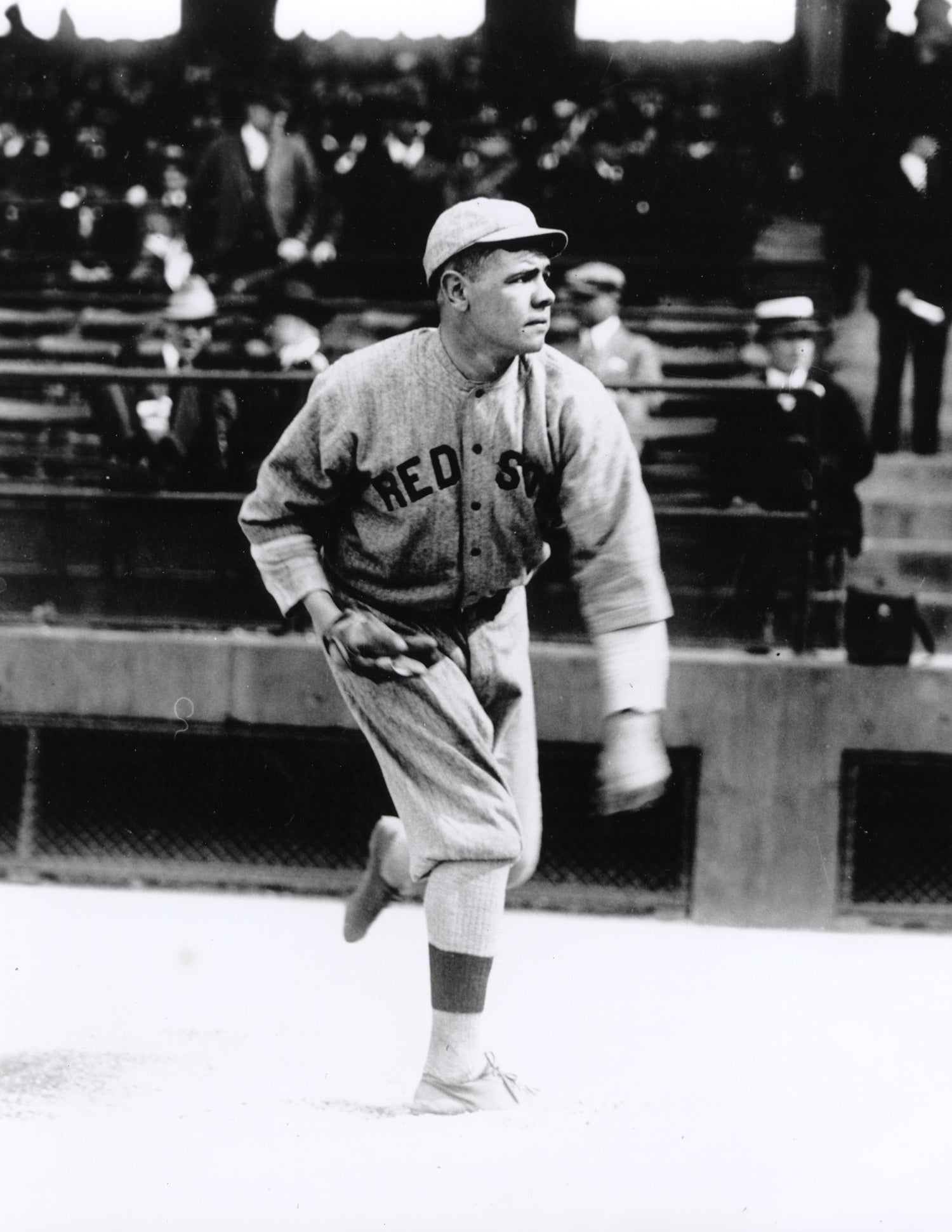- Home
- Our Stories
- ‘Girl Babe Ruth’
‘Girl Babe Ruth’
In celebration of Women’s History Month, the Hall of Fame presents a series of stories about legendary and pioneering women in baseball.
Margaret Gisolo was an athlete. In 1928, most athletes wanted to play baseball – no matter what their gender.
Born on October 21, 1914, Margaret Gisolo grew up in the small mining town of Blanford, IN, the youngest of six children of Italian immigrants, she learned to play baseball with her brothers on the sandlot near her father’s grocery store.
In 1928, at the age of 13, Gisolo earned a roster spot on the newly-created Blanford Cubs, an American Legion junior baseball team. She played multiple infield positions, and also excelled as a base stealer, pitcher, and batter.
Hall of Fame Membership
There is no simpler, and more essential, way to demonstrate your support than to sign on as a Museum Member.
Gisolo’s involvement in baseball remained relatively low-key, until a defeated rival team lodged a formal complaint against her eligibility. National sportswriters picked up the story of the “girl Babe Ruth” as the Blanford Cubs waited on an official ruling from the American Legion junior baseball program. Finally, after consulting with Major League Baseball Commissioner, Kenesaw Mountain Landis, Legion officials decided Gisolo was entitled to stay on the team.
Writers continued to follow Gisolo for the remainder of the tournament. She stood out, not only because of her gender, but also for her outstanding abilities on the field. With her help, the Blanford Cubs won the Indiana state championship, and advanced as far as regional competition in Chicago.
The following year, Legion officials reversed their decision, and barred female players from American Legion junior baseball. Their decision stood until the 1970s.
Despite being banned from American Legion ball, Gisolo found other opportunities to play baseball. Throughout the early 1930s, she played for a variety of women’s barnstorming baseball teams including Maud Nelson’s All Star Ranger Girls. Gisolo earned enough money playing baseball to put herself through school at Indiana State Teacher's College. She graduated in 1935 with a degree in physical education.
Following graduation, she was a Girl Scouts director, and then joined the Navy WAVES during World War II. After the war, she followed new athletic pursuits as she taught dance first at Indiana University of Pennsylvania then at Arizona State University, where she helped build a nationally recognized Department of Dance. In 1979, Gisolo received the Arizona State University Distinguished Teacher Award.
The following year, Gisolo retired and turned her attention to yet another sport: tennis. She played on the national senior circuit until 2000, during which she achieved top rankings in doubles and singles. Although she died in 2009 at the age of 94, the legacy of the “girl Babe Ruth” continues to live on and inspire other young women to follow their athletic dreams.
Emily Voss was a school programs associate for the National Baseball Hall of Fame and Museum








